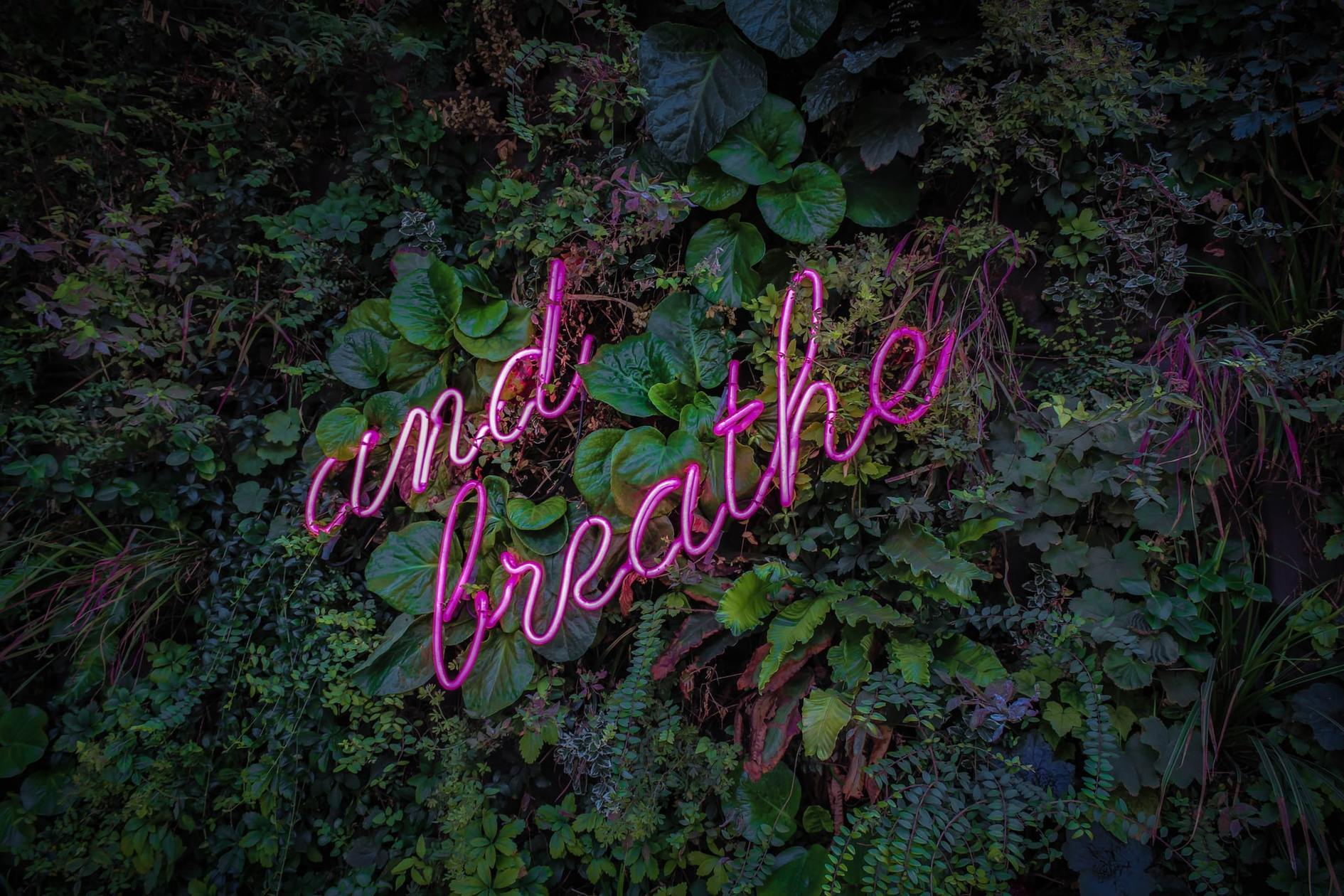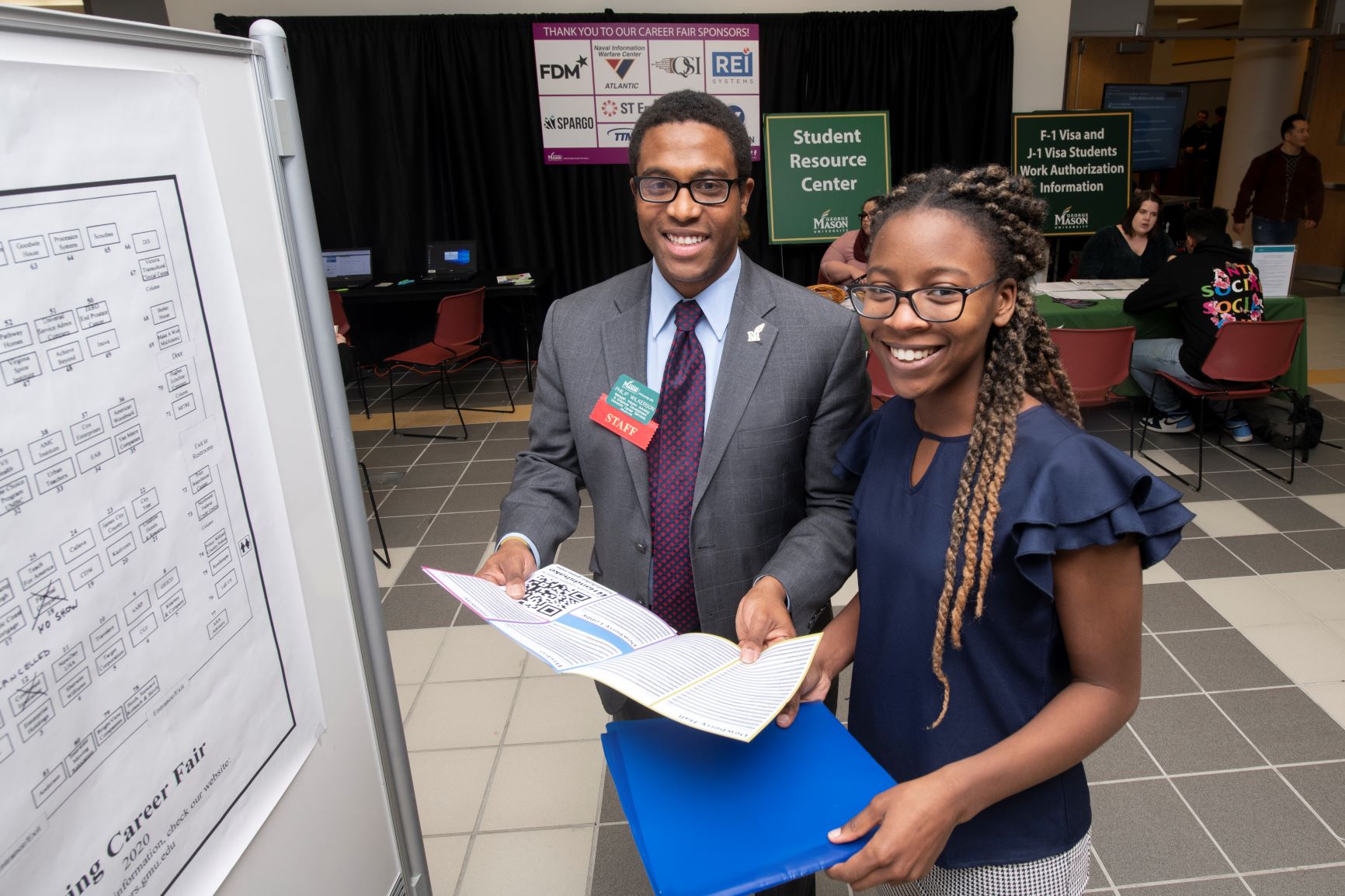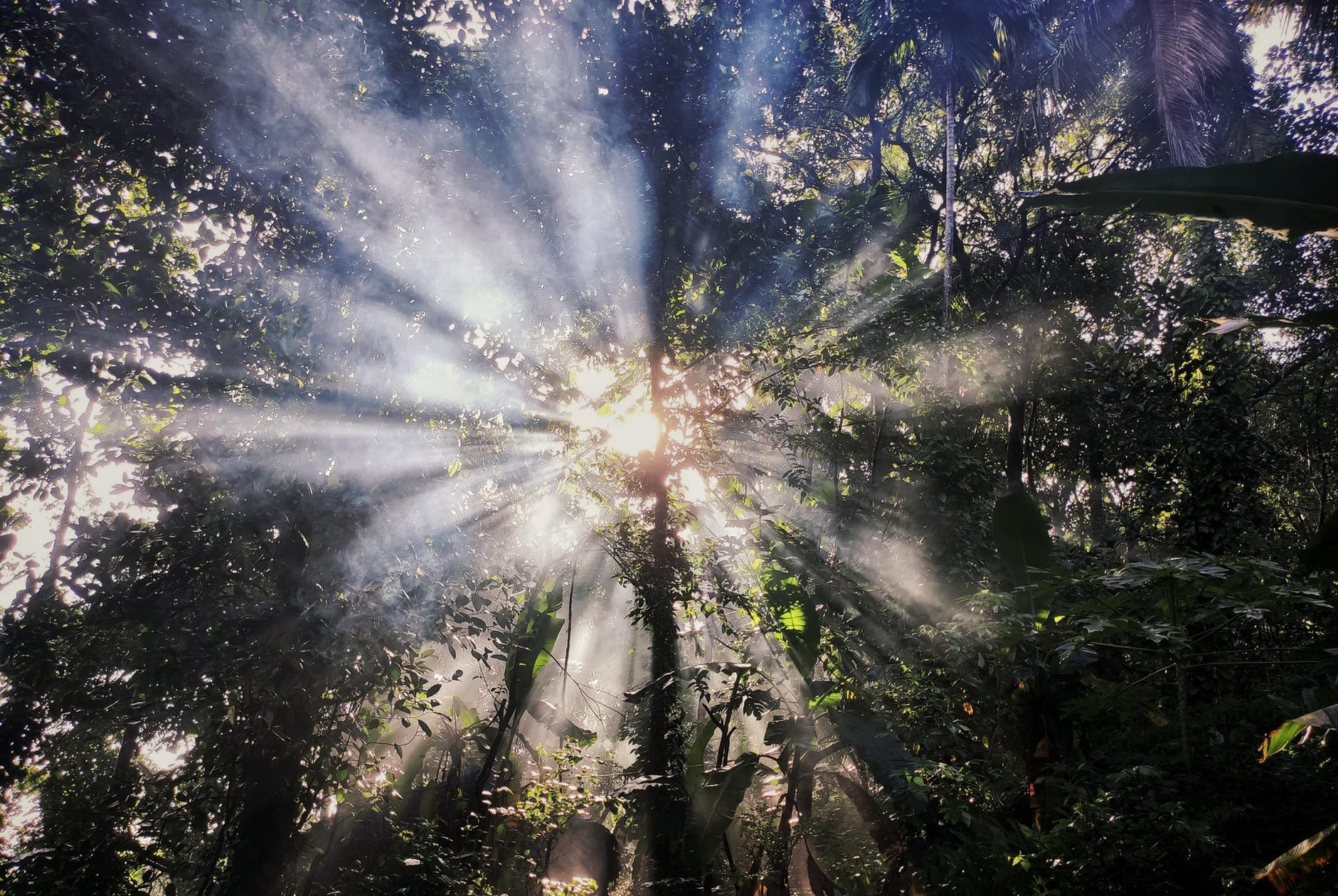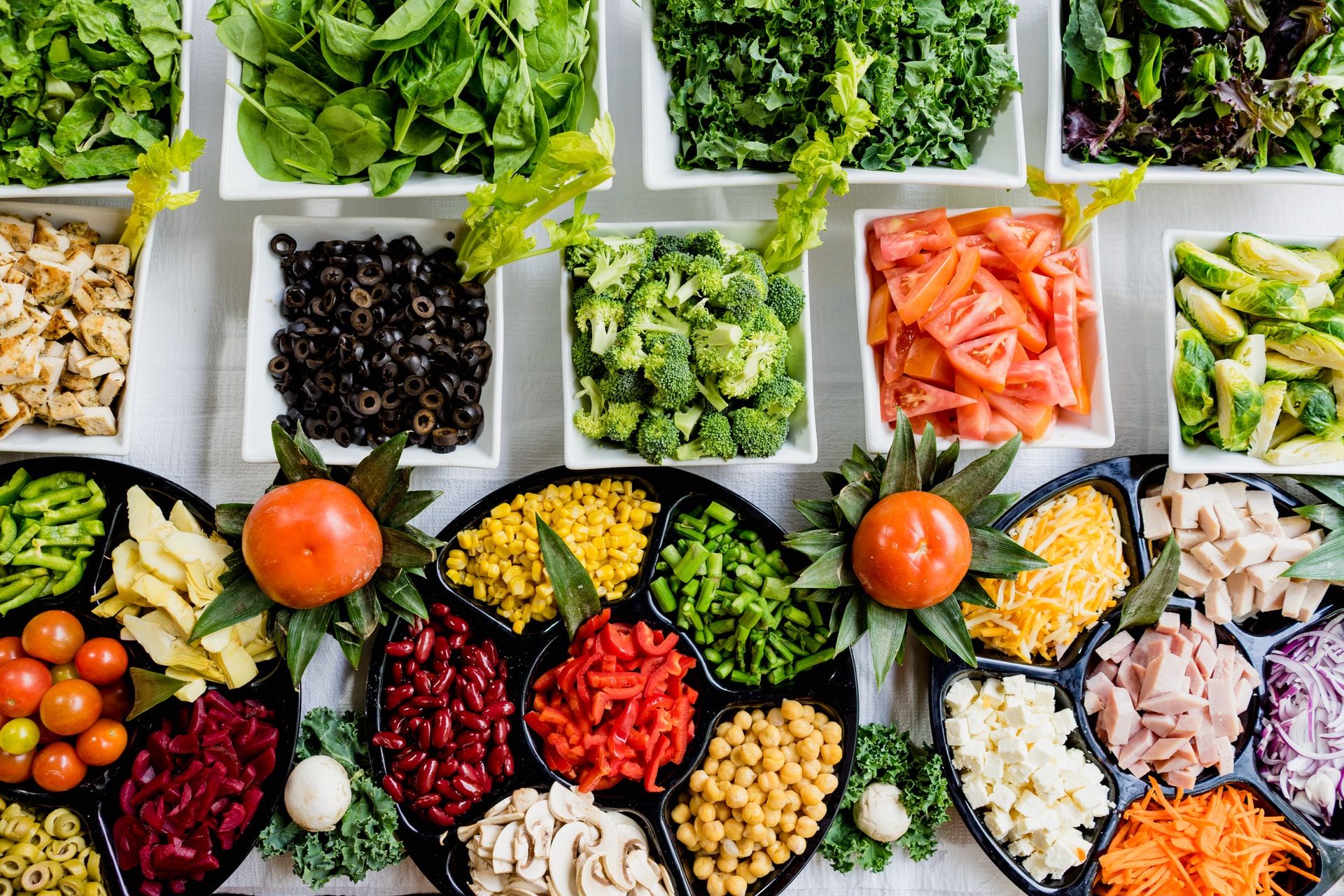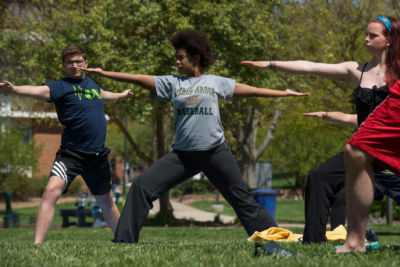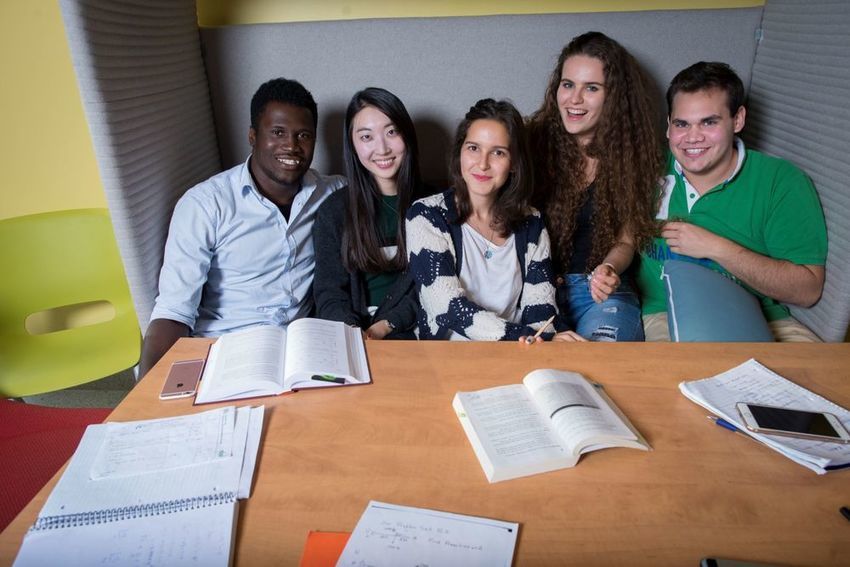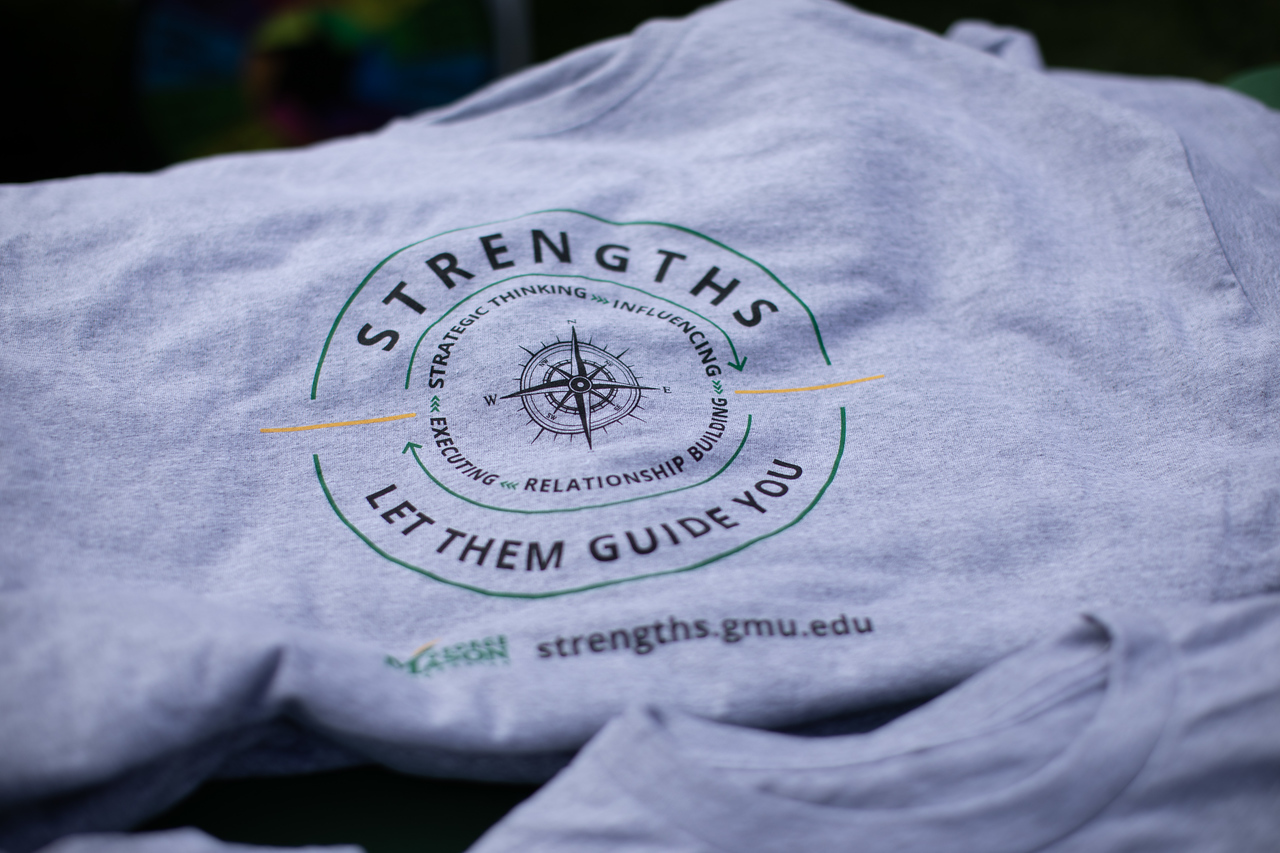By: Ben Auger, Sustainability Program Manager Education/Outreach, Office of Sustainability
Disclaimer: The programs and services offered by George Mason University are open to all who seek them. George Mason does not discriminate on the basis of race, color, religion, ethnic national origin (including shared ancestry and/or ethnic characteristics), sex, disability, military status (including veteran status), sexual orientation, gender identity, gender expression, age, marital status, pregnancy status, genetic information, or any other characteristic protected by law. After a thorough review of its policies and practices, the university confirms that it meets all federal mandates as articulated in federal law, as well as recent executive orders and federal agency directives.
“You cannot get through a single day without having an impact on the world around you. What you do makes a difference, and you have to decide what kind of difference you want to make.” – Jane Goodall
We are all interconnected, both with each other and with the planet. Even if we are unaware of these connections, or choose not to acknowledge them, they still exist. I invite you to pay attention to your breath, and to remember that your breath connects you to a complex and beautiful web of life.
We’re all breathing the same air as a result of Earth’s natural processes, which Curt Stager eloquently writes about in Your Atomic Self: The Invisible Elements That Connect You to Everything Else in the Universe. Ralph Keeling, a scientist at the Scripps Institution of Oceanography, demonstrated that oxygen gas emitted by plants and plankton spreads throughout the respective hemisphere, where it is initially emitted within two months, and then spreads worldwide in just over a year.
Unfortunately, human behavior continues to pollute our precious and shared planet. The overall concentration of carbon dioxide (CO2) continues to rise, primarily as a result of burning fossil fuels, and set a new, historic record in 2020, with the highest monthly CO2 concentration ever recorded (this is a record we don’t want to set).
I challenge you to think of the lived experiences of people who don’t have access to clean air, and invite you to participate in the EC 2020 app to help ensure we all have clean air to breathe.
Activity: Earth Challenge
As part of the 50th Anniversary of Earth Day, the Earth Day Network launched the Earth Challenge 2020 (EC 2020) app. What you might not know is that Mason was an institutional partner of the Earth Day Network’s 50th Anniversary of Earth Day, was part of their first-ever, state-based initiative in Virginia, and even hosted a virtual ‘Earth Month’ celebration.
EC 2020 is an international initiative designed to collect data about air quality, plastics, and insects – and people just like you can contribute to it. Citizen scientists collect data from all over the world, which helps create an open data platform. This platform is accessible to researchers around the world who use citizen science data in their research. It also informs international policy assessments, like the United Nations’ Sustainable Development Goals (SDGs).
You can participate from wherever in the world you are -– just download the app for your Android or Apple smartphone, open it, white balance the camera (hold up a white piece of paper in front of the camera), and take a picture of the horizon. Once you do so, the EC 2020 app will process the image, send it to the open data platform, and provide you with an air quality reading based upon real-time readings of air quality sensors close to your location. With each submission, you’ll help train machine learning algorithms to better determine air quality while contributing to an open data platform for use by researchers from around the globe. And this open data platform will provide researchers with data they need to inform international policy assessments to ensure everyone has clean air to breathe.
Forest Bathing with Trees
Let’s take a deep breath, and continue with our theme of breath. With autumn upon us, we might be paying more attention to trees than we normally would, especially since their colors are so splendid. Trees are more than a beautiful part of the natural scenery. In fact, they’re essential to lowering planetary CO2 levels and combatting the climate crisis.
You might have heard that trees (and the forests they comprise) are the “lungs of the Earth” and there’s some truth to that expression! Trees absorb and store CO2 while producing oxygen for us to breathe. When we protect and preserve trees, we maintain beautiful carbon sinks that produce clean air for us to breathe. If you’re in the mood to dream big, scientists like Jane Goodall have argued that planting one trillion trees is the most cost-effective solution to combatting the climate crisis.
Trees also provide us with a unique opportunity to engage in the Japanese practice of shinrin-yoku (bathing in the forest atmosphere). This practice is gaining popularity all over the world as humans continue to seek ways to reconnect with the natural world. And it has physical and mental health benefits, as Dr. Qing Li writes about in her book, FOREST BATHING: How Trees Can Help You Find Health and Happiness. So, I invite you to practice shinrin-yoku in a safe, social-distanced way using Mason’s University Arboretum in-person or virtually.
Activity: Explore the University Arboretum
With financial support from the Office of Sustainability’s Patriot Green Fund, College of Science Associate Professor Dr. Andrea Weeks and Facilities Grounds Manager Erich Miller worked with a team of dedicated students to catalogue more than 100 trees at various Mason sites, including the Fairfax Campus, Point of View Center, the Potomac Science Center, and the Science and Technology Campus. This catalogue of more than 100 trees is the University Arboretum.
Whether you’re onsite at one of Mason’s campuses, in the region, or engaged from a distance, you can explore Mason’s University Arboretum in-person or virtually. And I invite you to practice shinrin-yoku while you’re doing so.
According to Dr. Qing Li, here’s how to practice shinrin-yoku: First, remain patient – there’s no rush – and select a location that you intuitively feel connected to. Next, allow nature to enter through your senses – pay attention to all of the wondrous natural details. Last, allow yourself to experience a deep sense of peace, calm, joy, and happiness. You are connected with nature!
While exploring the virtual University Arboretum, you can learn each tree’s story, view exquisite photos, and find their exact location on Mason’s various campuses.
Eating Clean Air through Fruits and Vegetables
Unfortunately, there are hundreds of millions of people suffering from hunger globally, and the food crisis continues to worsen as COVID-19 wreaks havoc across the globe while disproportionately affecting Black, Indigenous, People of Color (BIPOC). I write this to remind myself, and you, that we must remember to practice gratitude for what we have, and to recognize and address the inequities that exist.
The process for fruits and vegetables to make their way into our meals is a complex one, but I’ll try to break it down. To produce edible fruits and vegetables, plants are always engaged in the process of cellular respiration (or “breathing”), which is essential for them to continue to grow, repair, and survive. However, plants only carry out photosynthesis when they’re exposed to light. Photosynthesis uses CO2 to make sugar, which creates oxygen as a byproduct. And the process of cellular respiration uses oxygen to release energy from stored sugar – created during photosynthesis – which produces CO2 as a byproduct. Since cellular respiration is necessary for plants to grow, they store excess sugars in a variety of ways – many of which happen to be edible (for example, tomatoes and potatoes). When photosynthesis is occurring, plants produce oxygen faster than cellular respiration occurs – so, during daytime plants are producing oxygen, and during nighttime they’re producing CO2.
Plants are “breathing” the same air we are, and our human breathing (which expels CO2) is interconnected with plant’s processes of cellular respiration and photosynthesis, which makes it possible for fruits and vegetables to grow. To put it another way, just as Curt Stager wrote that we’re all breathing the same air, we’re also all eating the same air.
I encourage you to practice gratitude whenever you’re consuming food (especially fruits and vegetables), to think about those who may not have access to food, and invite you to learn more about sustainable food systems at our Greenhouse & Gardens program, which teaches folks about sustainable food systems to address food insecurity/instability.
Activity: Volunteer with Mason’s Greenhouse & Gardens Program
The Office of Sustainability’s Greenhouse & Gardens (G&G) program includes three sites: the Innovation Food Forest (designed with permaculture), the Potomac Heights Organic Vegetable Garden, and the Presidents Park Hydroponic Greenhouse. Doni Nolan is the G&G Program Manager, and a sustainable food systems expert.
Volunteers with our G&G program learn how to sow seeds, compost, prepare garden beds, use hydroponics, transplant seedlings, harvest crops, solve pest issues organically, organize data, conduct research, and help with landscape design. No prior experience is needed and all tools/resources are provided to volunteers along with on-site coaching and mentoring from trained staff. Please note that the G&G program has established extensive safety precautions as a result of COVID-19 and requires masks and social distancing for all volunteers. If you’re interested in virtual volunteer opportunities, send us an email as we’re always happy to work with folks virtually.
You can view a live calendar of all volunteer opportunities, which also count for service-learning and volunteer hours for Mason classes. If you’re interested in earning formal academic course credit, you can also participate in the G&G Academic Internship program.
Remember that your breath – each individual inhale and exhale – is a reminder that you are deeply interconnected with a beautiful and infinitely complex web of life. I encourage you to practice gratitude for each breath, and I will leave you with an aphorism of my own creation: the world breathes, so we may breathe; we breathe, so the world may breathe.
Resources
- Office of Sustainability website
- Join thousands of sustainability advocates and never miss a single thing: Instagram, Facebook, Twitter, YouTube
- Sustainable Sign Ups Volunteer Portal
- Patriot Green Fund
- Greenhouse & Gardens Academic Internship program
- Chat with us
- GMU Patriot Pantry
- University Arboretum
- Student Emergency Assistance Fund
Write one of these Thriving Together Series features! We’re looking for contributions on all topics related to well-being. Read other Thriving Together Series articles here and contact us at [email protected] for guidelines. Thank you for helping our Mason community thrive together online!

